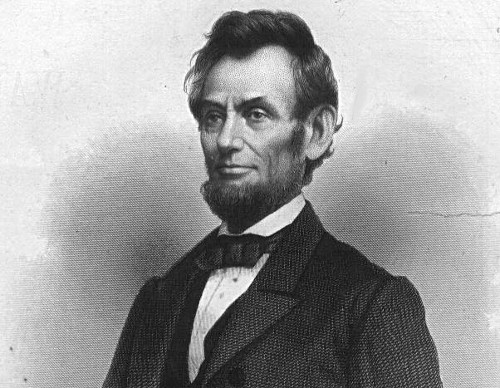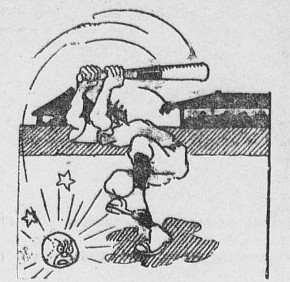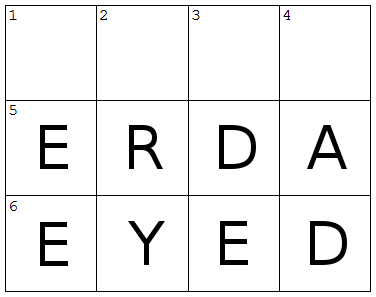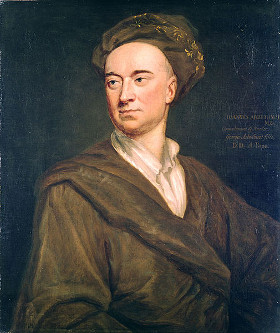A syllogism is a logical argument in which a conclusion is inferred from a set of premises:
All men are mortal.
Socrates is a man.
Therefore, Socrates is mortal.
The conclusion can be valid without actually stating a true fact; to be valid it just needs to follow logically from the premises. Which of these syllogisms are valid?
No cigarettes are inexpensive.
Some addictive things are inexpensive.
Therefore, some addictive things are not cigarettes.
No addictive things are inexpensive.
Some cigarettes are inexpensive.
Therefore, some cigarettes are not addictive.
In fact both of them are valid. But, interestingly, here the first conclusion seems plausible, while the second does not. That shouldn’t matter, but it does: When Plymouth Polytechnic psychologist J. St. B.T. Evans presented a set of these arguments to subjects in 1983, he found a substantial “belief bias” — the subjects tended to judge the believable conclusions to be valid more than the unbelievable ones. If the conclusion was believable, 92% of the subjects accepted it, regardless of its validity. If the conclusion was unbelievable, 46% accepted it if it was valid, 8% if it was invalid.
Evans wrote, “These findings not only provide a challenge for existing models of syllogistic reasoning but also raise broader questions about people’s rational competence to generate and assess logical arguments in real life, whenever they have clear a priori beliefs about the subject under discussion.”
(J. St. B.T. Evans et al., “On the Conflict Between Logic and Belief in Syllogistic Reasoning,” Memory & Cognition, 11(3), 295-306.)








